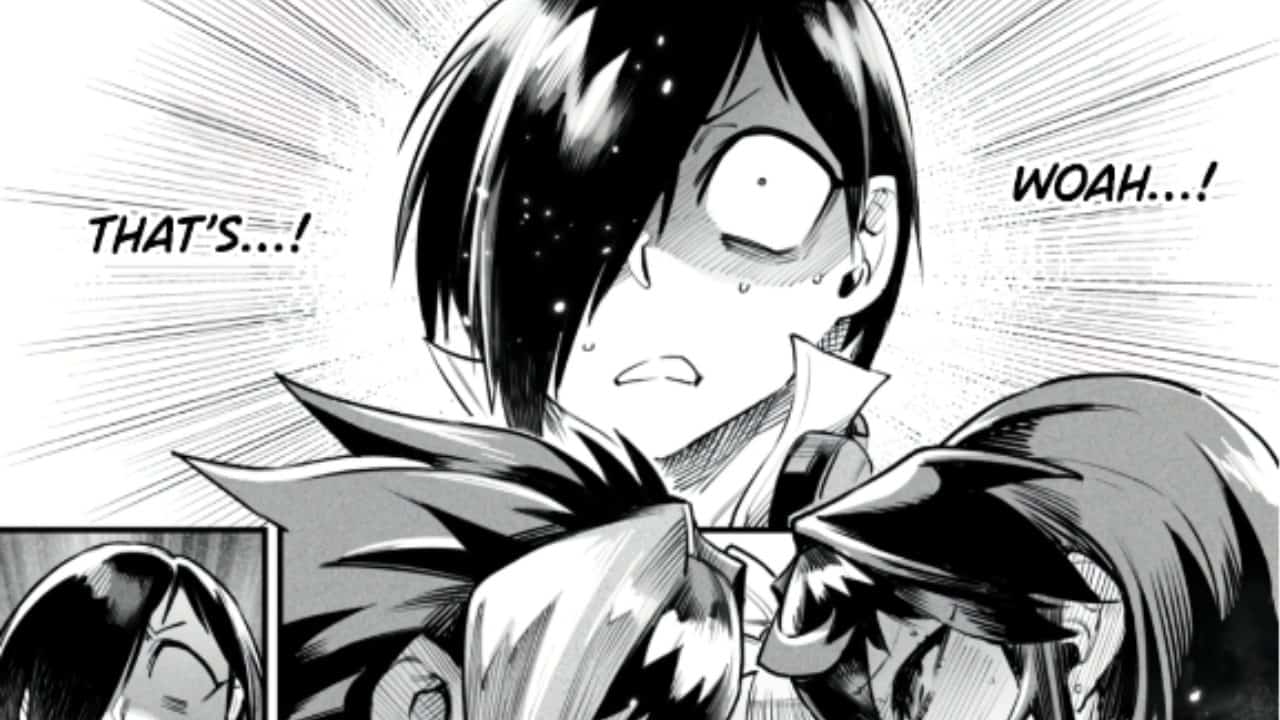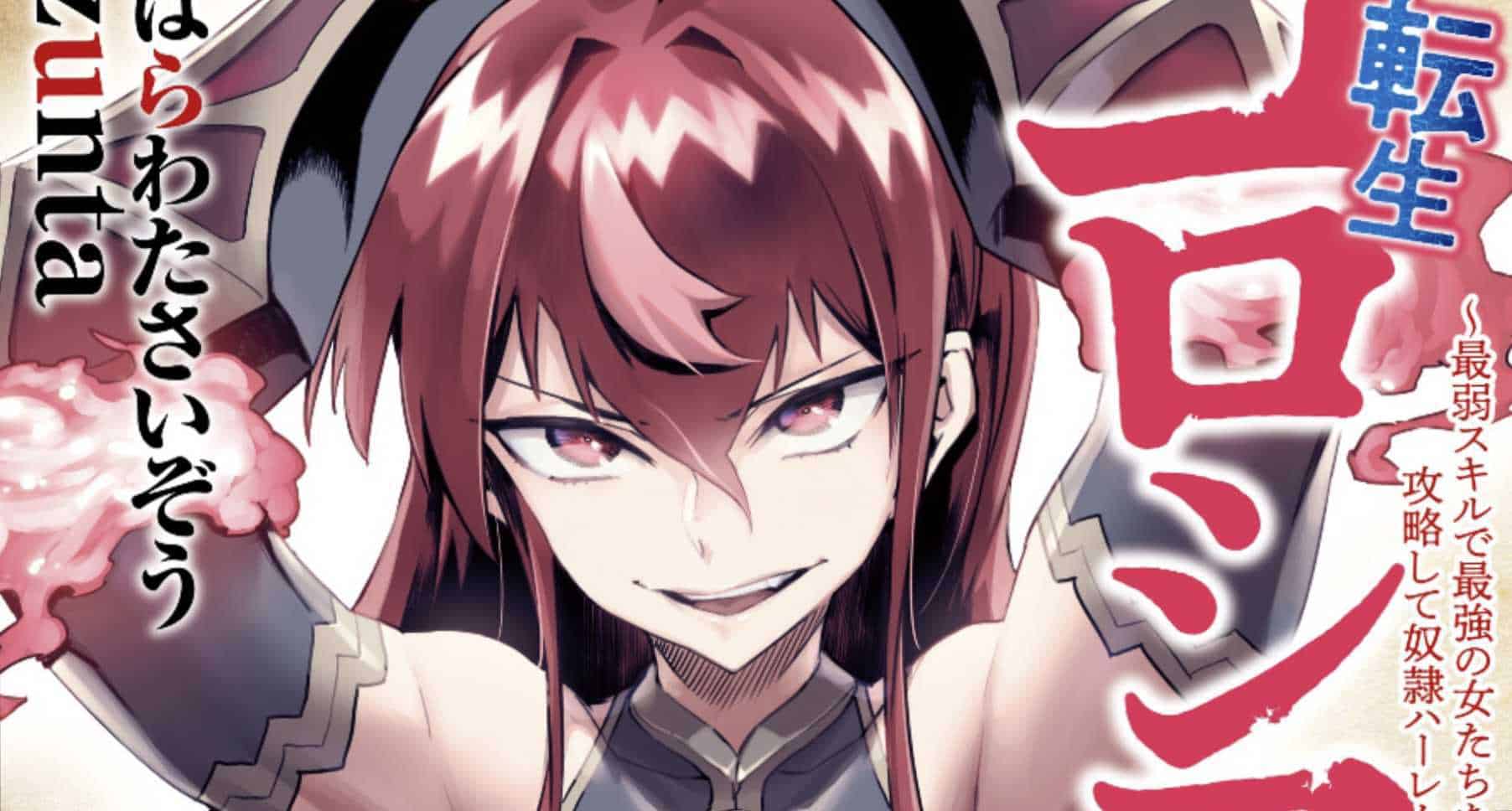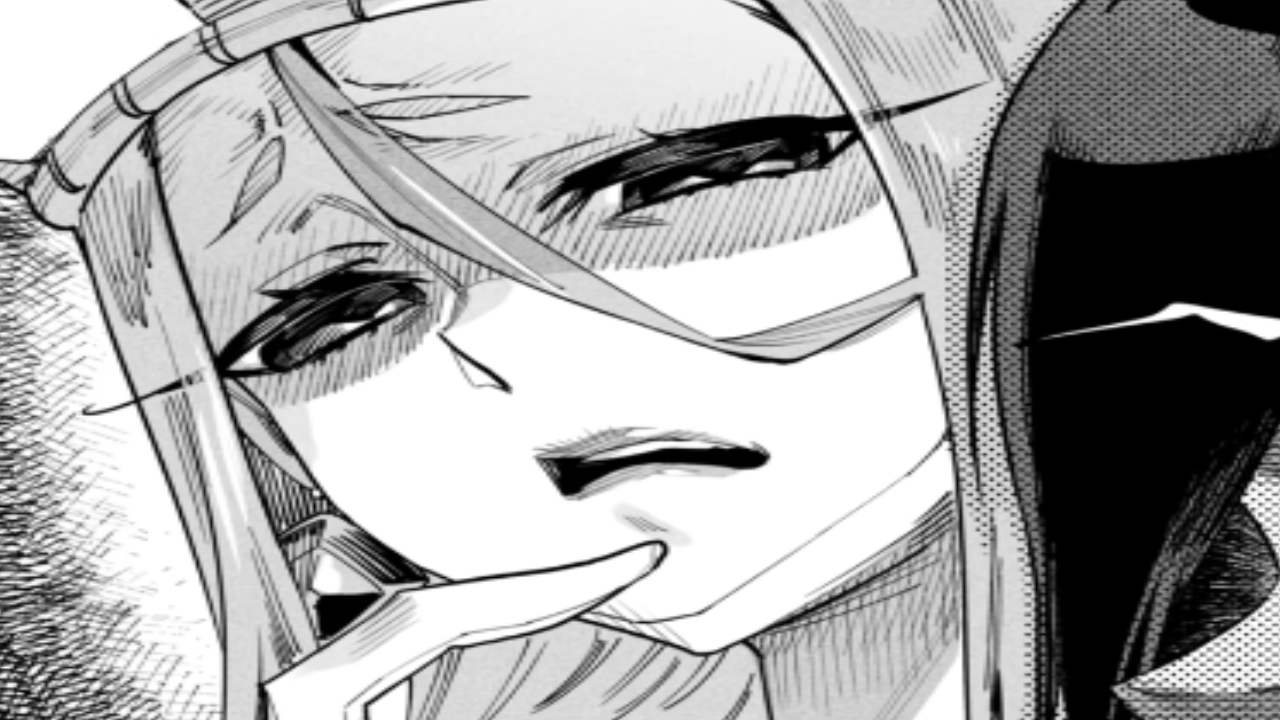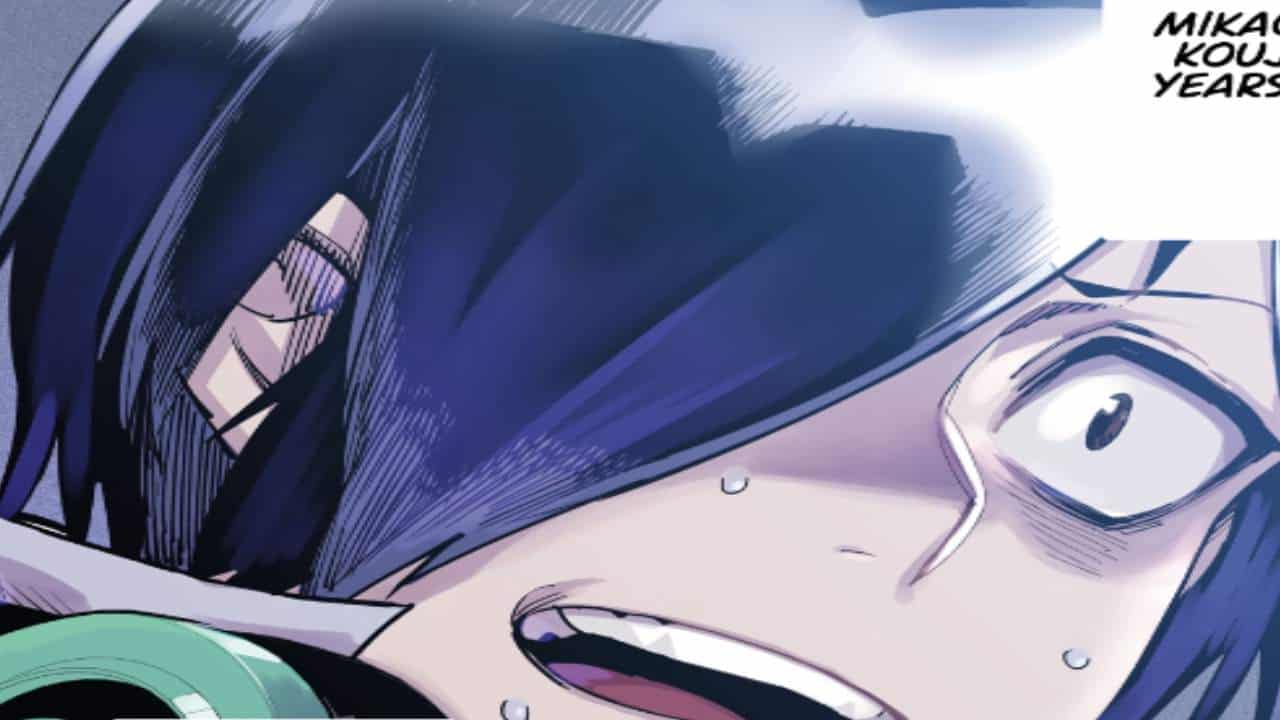Embark on a captivating journey into the heart of Reincarnation Colosseum Chapter 1, where ancient Rome’s iconic arena becomes a stage for a compelling exploration of reincarnation, gladiatorial combat, and the intricate tapestry of Roman society. Immerse yourself in a narrative that seamlessly blends historical accuracy with captivating storytelling, unraveling the mysteries that lie within the Colosseum’s blood-stained walls.
Chapter 1 introduces us to a world where the boundaries between life and death blur, where gladiators and spectators alike grapple with the concept of reincarnation. The author deftly weaves together historical accounts and cultural beliefs to create a vivid and immersive setting, inviting readers to question their own beliefs and explore the timeless themes of life, death, and rebirth.
Reincarnation in the Colosseum: Reincarnation Colosseum Chapter 1
In ancient Rome, the Colosseum was not only a place of bloody gladiatorial combat but also a stage for spiritual beliefs and the concept of reincarnation. The idea of reincarnation, the rebirth of a soul into a new body after death, held significance in Roman culture and influenced the way people perceived the Colosseum’s events.
Historical and Cultural Beliefs
Reincarnation was not a widely accepted belief in ancient Rome, but it was present in certain philosophical and religious circles. Some Romans believed that the souls of the deceased could return to the mortal world in different forms, including as animals, plants, or even humans. This belief was influenced by Greek philosophy, particularly the teachings of Pythagoras and Plato, who emphasized the transmigration of souls.
In the context of the Colosseum, reincarnation took on a unique significance. Gladiators, who often faced death in the arena, were seen as potential candidates for rebirth. Some believed that the souls of fallen gladiators could be reincarnated into stronger and more skilled fighters, returning to the arena to seek vengeance or glory.
Examples of Reincarnation
While there is no concrete evidence to support the belief in reincarnation in the Colosseum, several legends and anecdotes suggest that people believed in this concept. One famous example is the story of the gladiator Flamma, who is said to have been reincarnated as a lion after his death in the arena. The lion reportedly displayed exceptional strength and ferocity, leading many to believe that it was the reincarnation of Flamma.
Another example is the case of the emperor Commodus, who was known for his cruelty and his passion for gladiatorial combat. Some believed that after his assassination, Commodus’ soul was reincarnated into a crocodile, a creature associated with vengeance and retribution.
These legends and anecdotes reflect the popular belief in reincarnation among certain segments of Roman society. Whether or not one believes in reincarnation, the concept adds an intriguing layer of mystery and intrigue to the already captivating history of the Colosseum.
Chapter 1 Summary and Analysis

Chapter 1 of Reincarnation in the Colosseum sets the stage for the epic battles to come. It introduces the main characters and their motivations, while also establishing the brutal and unforgiving world of the Colosseum.
Key Events
- Lucius is reincarnated into the body of a gladiator and forced to fight for his life.
- He meets Crixus, a fellow gladiator who becomes his mentor and friend.
- Lucius witnesses the brutality of the Colosseum firsthand, as gladiators are forced to kill each other for the entertainment of the crowd.
Themes
Chapter 1 introduces several important themes that will be explored throughout the novel, including:
- The brutality of war and violence: The Colosseum is a place where gladiators are forced to fight to the death, and Lucius witnesses firsthand the horrors of war.
- The power of friendship and loyalty: Lucius and Crixus form a strong bond of friendship, which helps them to survive the challenges of the Colosseum.
- The importance of hope: Even in the darkest of times, Lucius never gives up hope of finding a way to escape the Colosseum and return to his own time.
Characters
- Lucius: A young man who is reincarnated into the body of a gladiator. He is intelligent and resourceful, but he is also haunted by the memories of his past life.
- Crixus: A seasoned gladiator who becomes Lucius’s mentor and friend. He is a skilled fighter and a wise advisor.
- Batiatus: The owner of the gladiatorial school where Lucius and Crixus are trained. He is a ruthless businessman who cares only about making money.
Literary Devices and Techniques
The author uses a variety of literary devices and techniques to create a vivid and immersive experience for the reader, including:
- Foreshadowing: The author uses foreshadowing to hint at future events, such as Lucius’s eventual escape from the Colosseum.
- Imagery: The author uses vivid imagery to describe the brutality of the Colosseum and the horrors of war.
- Symbolism: The Colosseum is a symbol of the brutality and violence of war, while Lucius’s reincarnation is a symbol of hope and redemption.
The Role of the Colosseum in Roman Society

The Colosseum, an iconic amphitheater in the heart of Rome, stands as a testament to the grandeur and excess of the Roman Empire. It served not only as a stage for brutal gladiatorial contests but also as a symbol of Roman power, a reflection of the society’s values, and a catalyst for cultural and architectural advancements.
Historical Significance
The Colosseum, inaugurated in 80 AD by Emperor Titus, was the largest amphitheater ever built in the Roman Empire. Its immense size and elaborate design showcased the architectural prowess of the Romans and symbolized their military might. The Colosseum became a symbol of Rome’s dominance, a monument to the empire’s power and glory.
Social and Political Implications
Gladiatorial contests held in the Colosseum served as a form of public entertainment and a means of social control. They provided a spectacle that captivated the masses, diverting their attention from political unrest and economic disparities. The contests also reinforced the hierarchical structure of Roman society, with the gladiators representing the lowest social strata and the wealthy elite occupying the best seats.
Impact on Roman Culture and Architecture
The Colosseum had a profound impact on Roman culture and architecture. The gladiatorial contests became an integral part of Roman life, influencing art, literature, and social customs. The Colosseum’s design inspired the construction of similar amphitheaters throughout the empire, leaving a lasting legacy on Roman architecture and engineering.
Comparative Analysis of Reincarnation Concepts

The concept of reincarnation, a belief in the transmigration of the soul into a new body after death, is a central theme in “Reincarnation Colosseum.” To gain a deeper understanding of this concept, we can compare it to other works of literature and mythology.
Similarities and Differences in Beliefs and Practices
Across various cultures and religions, reincarnation is often associated with karma, the belief that one’s actions in a previous life determine their fate in the next. In both “Reincarnation Colosseum” and ancient Indian texts like the Bhagavad Gita, reincarnation is seen as a cycle of birth, death, and rebirth that can lead to spiritual liberation.
However, there are also notable differences. In “Reincarnation Colosseum,” reincarnation is depicted as a violent and gladiatorial process, where individuals are forced to fight for their survival. This contrasts with the more peaceful and contemplative depictions of reincarnation in Eastern philosophies, where it is often seen as a natural progression of the soul.
Unique Aspects of Reincarnation in the Context of the Colosseum, Reincarnation colosseum chapter 1
The setting of the Colosseum in “Reincarnation Colosseum” adds a unique dimension to the concept of reincarnation. The gladiatorial arena becomes a symbol of the struggle for survival and the harsh realities of ancient Roman society.
The novel also explores the idea of reincarnation as a form of punishment or retribution. The gladiators, many of whom were slaves or criminals, are forced to relive their past lives and face the consequences of their actions.
Final Summary

As Chapter 1 concludes, it leaves readers with a profound sense of wonder and contemplation. The Colosseum, once a symbol of Roman power and entertainment, is transformed into a microcosm of human existence, where the cycle of life and death plays out in an endless dance. Reincarnation Colosseum Chapter 1 is a masterful blend of history, mythology, and human drama, leaving a lasting impression that will resonate long after the final page is turned.
Question & Answer Hub
What is the significance of reincarnation in the context of the Colosseum?
In the context of the Colosseum, reincarnation represents the belief that gladiators and spectators who perished within its walls would be reborn into new lives, carrying the memories and experiences of their past existence.
How does Chapter 1 introduce the characters and their motivations?
Chapter 1 introduces a diverse cast of characters, including gladiators, spectators, and Roman officials. Each character is driven by their own unique motivations, whether it be the desire for glory, vengeance, or simply survival.
What literary devices are employed in Chapter 1?
Chapter 1 utilizes a range of literary devices to enhance the narrative, including vivid imagery, symbolism, and foreshadowing. These devices work together to create a rich and immersive reading experience.